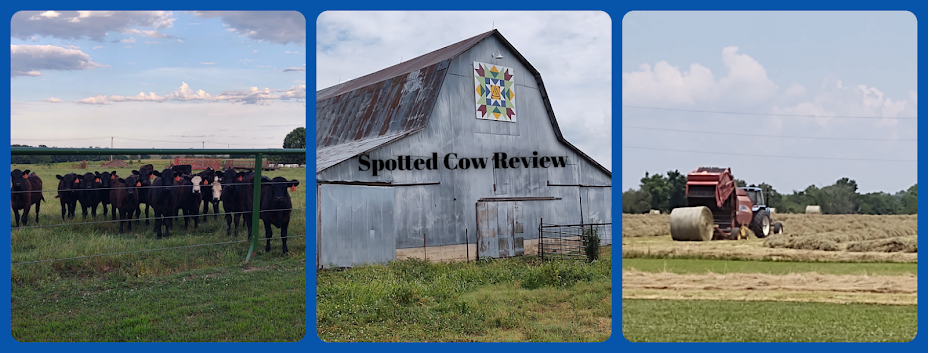
Farmers love daylight savings time! It means more daylight hours to work at the many tasks on the farm and begin work in the fields planting the crops that we raise to feed our dairy cows. Turning the clocks back is the easy part of this change to daylight savings time on the farm. Dairy cows are creatures of habit and even though they don't wear watches or look at clocks to know what time it is, they know when it is time to come to the milk barn to be milked. The day before we change our clocks, we talk to all of our employees about how we will gradually change the milking time for the cows. Changes in our milk schedule will often change the cow's milk production. We know this from when we have the unexpected breakdown of equipment or loss of power in the milk barn. Milking too early or too late not only affects production but can also have an impact on cow comfort. The cows look forward to coming to the barn to be milked! Yesterday, the first day of daylight savings time,we started each milking at 8a.m. and 8p.m. , which is thirty minutes later than our regular milking time. Today we started milking at 7:30. We have found after many years of the time change that this gradual change in schedule works well with the cows' clock. The cows adjust much better than I do to this change. In about thirty days, I will quit whining and complaining about getting up in the dark and I will enjoy the warm spring days as I work outside. Thank goodness the cows' clock adjusts quicker than mine!

Went out to get the cows in tonight and they just stared at me. Ugh! I really wish they'd just split the difference and quit messing with us. Leave the dang clock alone. We get the same amount of daylight regardless. You are either getting it in the morning or the evening. What does it matter and what is the point?
ReplyDeleteCreatures of habit is right! It's amazing! It's a simply 60 minutes and yet they know you're early. There's only one clock on a dairy farm and that's the cow clock.
ReplyDelete